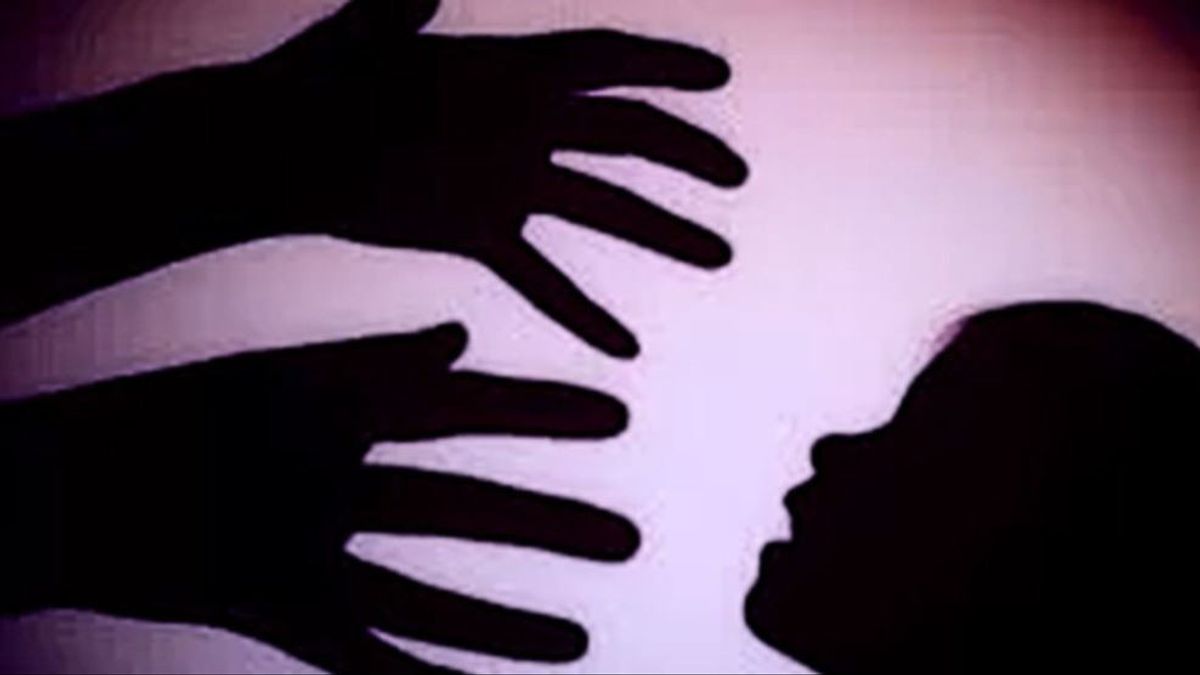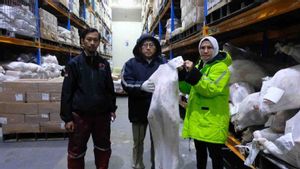JAKARTA - Cases of child kidnapping are currently rife in Indonesia. Many think this is due to economic factors.
However, Professor for Criminal Law Studies, Faculty of Law, University of Indonesia (FH UI) Natharina Naibaho said that economic factors were not the only reason for the case of child kidnapping.
"Dendam to the victim's family, the desire to make the victim a child, as well as sexual exploitation of children through child dressing are several other factors that encourage child kidnapping cases," said Natharina Naibaho.
He said that in repeated criminal cases, Nathalina saw the problem of socializing the perpetrators of criminal acts so that she returned to dealing with the criminal justice system.
This can be caused by the inability of an actor to continue a new life with a better job. So that the economy remains difficult and the intention to do the wrong thing reappears.
He explained that the law in Indonesia regulates kidnapping and cases of child abuse. From a legal perspective, the offense of kidnapping is regulated in the Criminal Code (KUHP) Article 328 and Article 333.
For child victims, the rules applied are the Child Protection Law (UU No. 23 of 2022 and its amendments to Law no. 35 of 2014 and Law no. 17 of 2016).
"If during the police investigation (which was confirmed by the results of the post-mortem et repertum) it is found that there are indications of obscene acts or sexual violence, other articles in the Child Protection Law will be applied through a joint criminal institution regulated in Article 65 of the Criminal Code and can increase the criminal threat for perpetrators," he said, as reported by Antara, Saturday, January 21.
In short, the legal basis for child kidnapping cases accompanied by sexual abuse or violence is Article 76E and Article 76F of Law 35/2014 in conjunction with Article 82 of Law 17/2016 and Article 83 of Law 35/2014 concerning Child Protection in conjunction with Article 65 of the Criminal Code.
"In this case, the sentence for the perpetrator is increased by a third, namely the threat of a maximum sentence of 20 years and a maximum fine of Rp. 5 billion. The victim is entitled to rehabilitation, applying for compensation in the form of restitution, applying for the installation of electronic detection devices to the perpetrator, and announcing the identity of the defendant to the public, "said Nathalina.
Dari banyak kasus penculikan terhadap anak, Nathalina melihat adanya pola yang dapat diidentifikasi. Modus operandi yang biasanya dilakukan pelaku adalah dengan mengaksa dan mencekiki korban secara manipulif. Pelaku memberi makanan dan minuman, mengajak berbincang dan jalan-jalan, atau menunjukkan toy/game, gambar, dan tayang menarik bagi anak.
According to Nathalina, to prevent cases of child kidnapping, synergy is needed between the government, society and the elderly. Preventive steps are taken through proportional and appropriate supervision, either through technology (CCTV, virtual patrols, panic button applications) or by increasing public awareness in public areas, such as schools, tutoring areas, playgrounds, shopping centers, and public transportation.
Children must be educated in order to ask permission from their parents or family and tell the purpose if they want to go with anyone. Children must also be taught to reject calls, threats, and coercion from unknown people.
In addition, if a kidnapping case occurs, repressive measures can be taken by reporting kidnappings to the authorities so that the victim gets optimal protection and the perpetrator can be punished criminally.
The English, Chinese, Japanese, Arabic, and French versions are automatically generated by the AI. So there may still be inaccuracies in translating, please always see Indonesian as our main language. (system supported by DigitalSiber.id)












